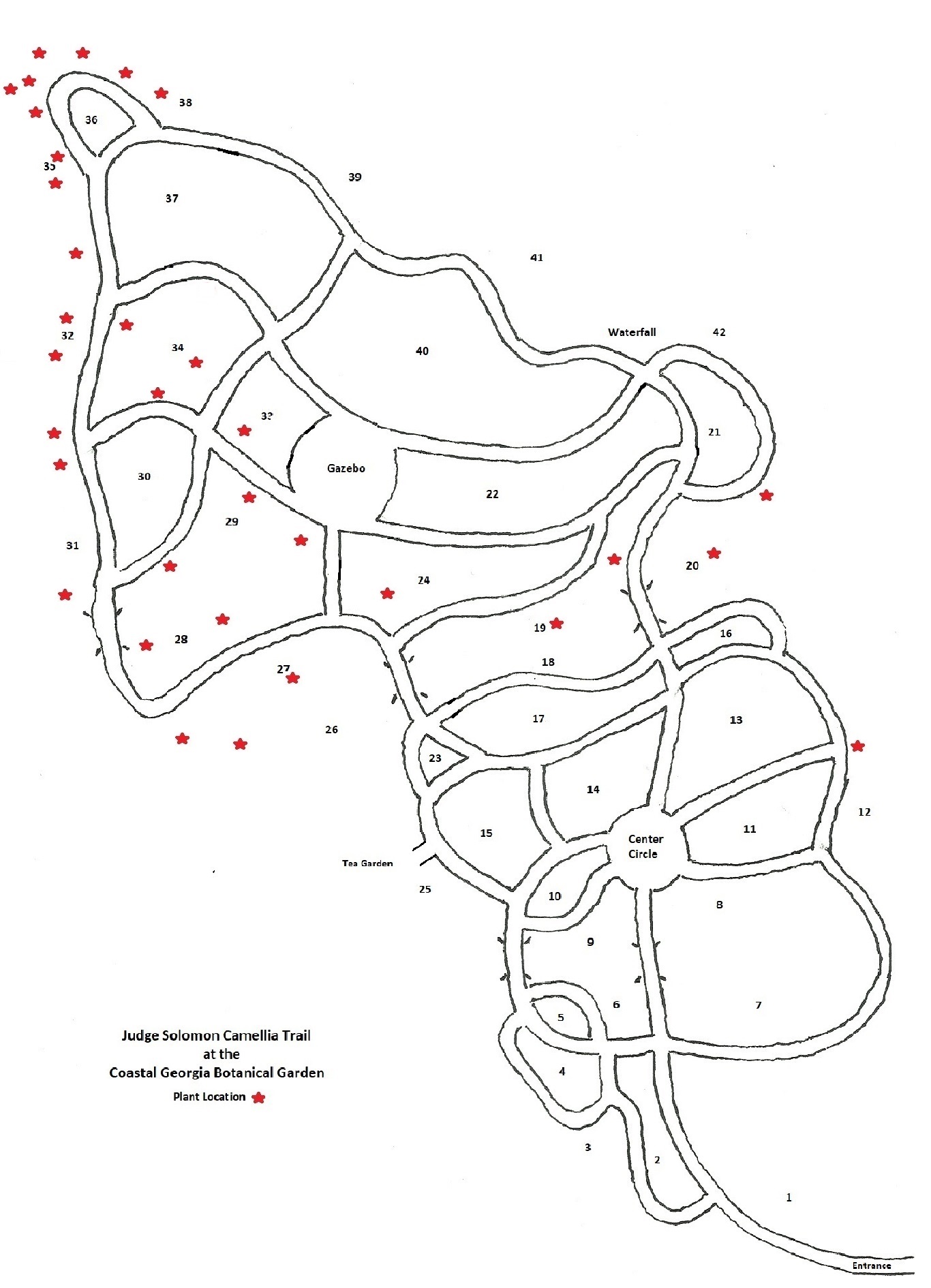Yokoyama, 1975, Gendai Tsubaki Meikan, p.161, illustration and
description: Medium sized, campanulate single, 6 petals, red edged clear
white, the edging tending to disappear on late blooms and on young
plants. Cylindrical stamen cluster, white filaments. Blooms early to
mid-season. Leaves dark green, long-lanceolate, apex tapering acuminate,
gently wavy, margins serrate, venation somewhat raised. Discovered in
the wild by Tomokazu Fujita in 1947 in Tama-no-ura, Fuku’e Island, Gotō
Archipelago, Nagasaki Prefecture, Japan, and selected by Konomi,
Masahiro, Kurume City, Fuku’oka Prefecture. Named and released by
Prefectural Camellia Society. First exhibited in Nagasaki in 1973. First
introduced to the West by Nuccio’s Nursery, 1979. See colour photos &
descriptions: Katei Gahō, ed., 1984, Chabana Koyomi, vol.1, Tsubaki,
p.63; Front cover, SCCS., 1979, The Camellia Review, vol.41, No.l.
Seibundō Shinkōsha, 1980, Senchinshū, pp.90, 228. Yokoyama & Kirino,
1989, Nihon no Chinka, p.273 as ‘Tamanoura’. See frontispiece to
International Camellia Register. Chinese synonym ‘Yuzhipu’.
|
|


